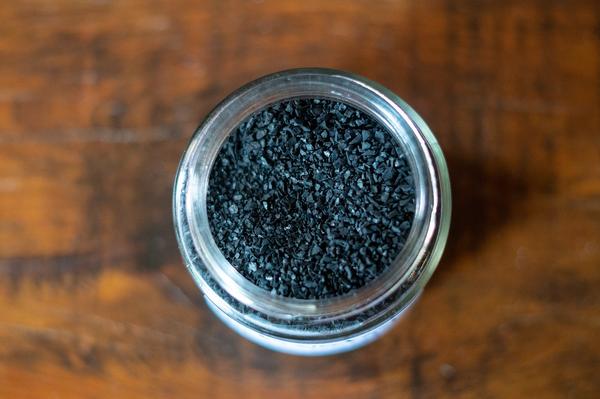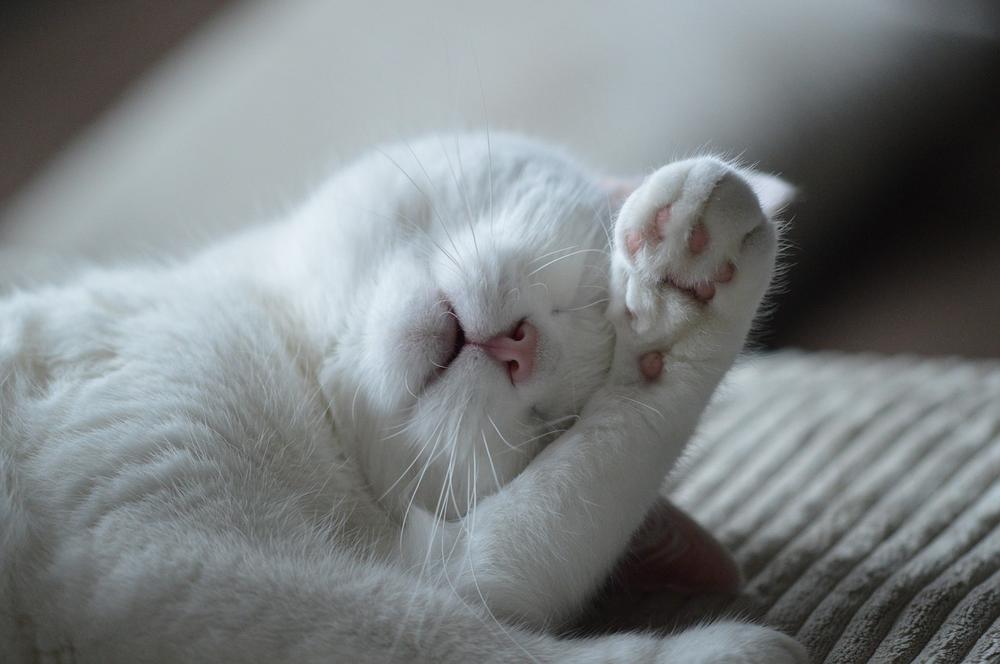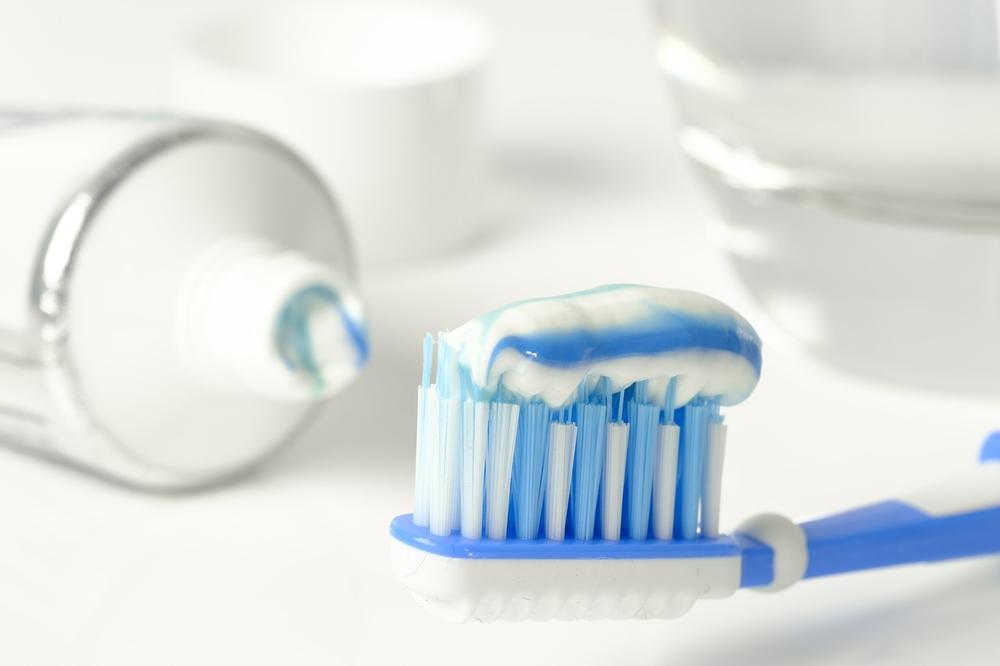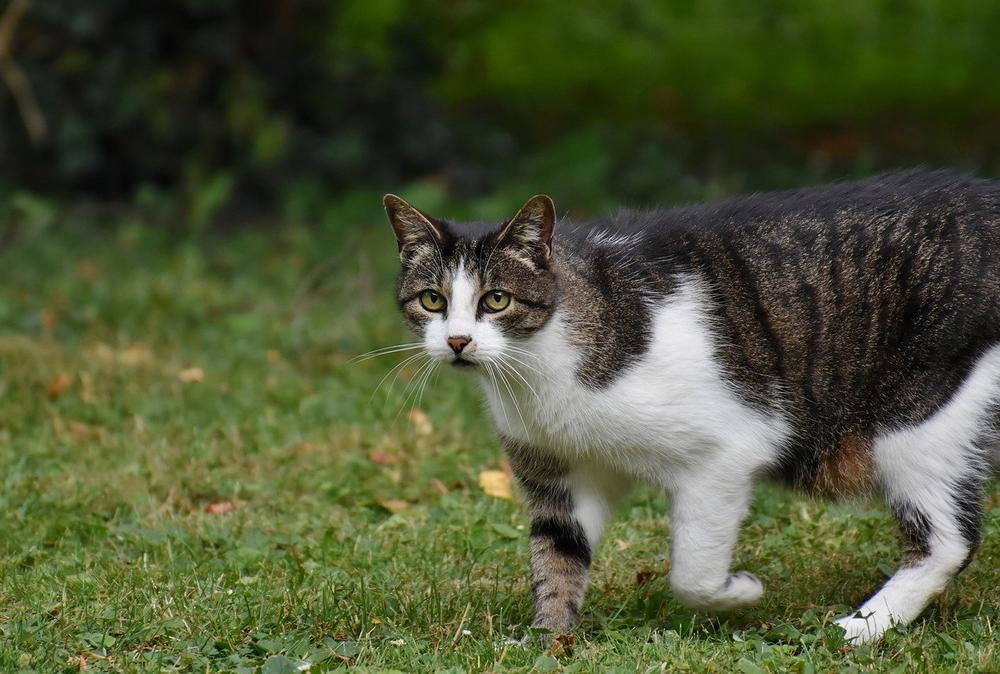What Happens if Your Cat Eats or Licks Toothpaste

You'll agree with me when I say:
Owning a cat is great, but it comes with its fair share of worries. 😟
Like when your feline friend decides to nibble on things they shouldn't.
You can't help but imagine the worst-case scenario:
Toothpaste-induced chaos and a panicked trip to the vet.
It's enough to make any cat owner anxious.
But fear not, my fellow cat parents, because today we're going to explore what happens if your furry companion eats or licks toothpaste.
So, let's put those worries to rest and dive right in.
Cats, Toothpaste, and Toxicity: What Owners Need to Know
Cats, toothpaste, and toxicity. Let's dive into what cat owners need to know:
- Don't underestimate the impact: Even a small amount of toothpaste ingestion can cause long-term damage to your cat.
- Harmful ingredients: Toothpaste contains substances like fluoride and xylitol that can lead to organ failure, including liver damage.
- Symptoms to watch for: If your cat has consumed toothpaste, be on the lookout for weakness, vomiting, drooling, seizures, and lack of coordination.
- Severity varies: The extent of toxicity depends on factors such as your cat's weight and existing health issues.
- Take action immediately: Clean your cat's mouth and seek veterinary care without delay if toothpaste ingestion occurs.
- Human toothpaste is dangerous: It is highly toxic and potentially fatal to cats, so it's crucial to get professional help right away.
- Sensitive to flavors: Cats can react negatively to menthol or artificial flavorings commonly found in toothpaste, resulting in behaviors like hiding or foaming at the mouth.
This list provides vital information beyond the basics.🚨
Protect your feline friend by being aware of toothpaste dangers and taking the necessary precautions.
Main points I'll expand upon further down this article:
- Using human toothpaste for cats is not recommended due to potential dangers.
- Safe alternatives include specially made pet toothpaste without fluoride and xylitol.
- Cat-specific toothpaste comes in flavors like chicken, salmon, and beef.
- Non-flavored toothpastes, water additives, and powders can also help prevent plaque.
- Xylitol, found in toothpaste, can be extremely dangerous for cats.
- Small amounts of xylitol can have severe long-term negative effects on cats.
- Fluoride, found in toothpaste, can have severe effects on cats' health in large amounts.
- Symptoms of fluoride poisoning in cats include vomiting, diarrhea, and seizures.
- Cats are likely to avoid toothpaste due to its minty smell, which is toxic to them.
- Regular dental care, including brushing with cat-specific toothpaste, is essential for cats' oral health.
And now, let's delve into the essential considerations when selecting a toothpaste that is safe for your feline companion.
Taking proper precautions ensures their dental hygiene without compromising their well-being...
What Kind of Toothpaste Is Safe for Cats?
When it comes to toothpaste for cats, be picky and choose carefully.
Here's a comprehensive list of cat-friendly toothpaste options:
- Opt for toothpaste made specifically for felines.
- Look for toothpaste formulated with cat-friendly ingredients and flavors.
- Avoid using human toothpaste - it's a no-no for cats!
- Stay away from toothpaste containing fluoride and xylitol.
- Consider homemade toothpaste made from natural ingredients.
- Explore dog toothpaste formulas without harmful substances.
- Cat toothpaste comes in delicious flavors like chicken, salmon, and beef.
- You can also find enzymatic and organic toothpaste options.
- These toothpastes are designed for cats' unique mouth anatomy.
- They can help prevent plaque and tartar buildup.
- However, remember that toothpaste is not meant to be consumed excessively.
- Even veterinary toothpaste should be used sparingly.
Be mindful of your cat's dental health and make toothpaste usage a safe and practical experience. 😺

But here's what you need to know about xylitol and why it should never come in contact with your feline friend.
It could have serious consequences, and we'll dive deeper into the dangers in the next section.
Stay tuned for critical information that every cat owner should be aware of...
Understanding the Safety of Xylitol for Cats
Xylitol is safe for humans and dogs but not cats
So, let's talk about xylitol.
You know, this little sweetener can be found in toothpaste and other sugar-free products, and it seems to be completely safe for us humans. And hey, even our beloved furry friends, dogs, seem to handle it just fine (in small amounts, of course).
But here’s the thing...
When it comes to your cat, you really need to be extra careful.
Even a teeny-tiny amount of xylitol can pose a major risk to your little feline friend.
I mean, we're talking about 0.1 grams per kilogram of body weight, people!
This tiny dose can seriously mess up their blood sugar levels, leading to a scary condition called hypoglycemia.
And get this...
Toothpaste, yes, humble toothpaste, can actually have up to a whopping 35% xylitol.
Can you believe that?

It's like having a ticking time bomb right there in your bathroom cabinet!
Let me tell you something else...
Just because some toothpaste proudly displays the "fluoride-free" label doesn't necessarily mean it’s safe for your cat.
Some sneaky natural toothpaste alternatives still hide xylitol in their ingredient list.
Those sneaky sneaks!
And now, moving on to our canine buddies...
While small amounts of xylitol won’t harm them, it’s a whole different story for our lovely furry feline friends. Cats can actually experience tummy troubles and potential liver damage from even just a tiny bit of this stuff.
So, to keep your precious furball out of harm's way, ensure to hide anything that contains xylitol away from their curious paws.
Trust me, my friend, it’s always better to be safe than sorry.
But there's something else you need to know...
Fluoride, the very ingredient used to promote dental health, can be incredibly dangerous for cats!
The Truth About Fluoride and Its Effects on Cats
| Topic | Information |
|---|---|
| Risks of Fluoride | Large quantities of fluoride can cause severe health issues in cats, such as digestive problems, organ failure, and bone cancer. |
| Toothpaste Ingredients | Toothpaste may contain fluoride, which is toxic to cats. Using fluoride-free toothpaste specifically made for cats is crucial to avoid poisoning. |
| Immediate Actions | If a cat accidentally consumes fluoride-containing toothpaste, immediate veterinary assistance should be sought. |
| Symptoms to Watch For | Watch for symptoms such as vomiting, diarrhea, increased thirst, discolored gums, and sudden weakness, as they may indicate fluoride toxicity in cats. |
| Preventative Measures | Keep fluoride-containing toothpaste out of reach from cats and only use toothpaste recommended by veterinarians for feline dental care. |
| Alternative Options | Consider alternative oral hygiene methods for cats, such as dental treats, water additives, or toothbrushing without toothpaste. |
Fluoride may work wonders for us humans, but it's a different story when it comes to our furry companions.
Cats simply can't handle the same levels of fluoride that we can.
If your cat happens to gobble up toothpaste with fluoride, you're in for some serious trouble. We're not talking about a little cold or minor discomfort here.
We're talking major issues like upset tummies, kidney and liver problems, and even the terrifying possibility of bone cancer.
Let me tell you, it's not a pretty sight.
Imagine if your curious kitty decides to have a taste of your toothpaste (trust me, it's happened before), there are some serious red flags you need to keep an eye out for.
Think vomiting, crazy diarrhea, non-stop drooling, struggling to catch their breath, and seizures – yeah, you get the idea.
Here's the thing:
Most toothpastes on those store shelves are jam-packed with fluoride.

And yep, that includes the ones claiming to be all-natural.
So what's your next move?
You've gotta grab yourself some fluoride-free toothpaste specially made for cats.
Don't try to cut corners, my friend.
It's better to be safe than sorry!
But let's say your mischievous ball of fur ends up swallowing toothpaste loaded with fluoride by mistake.
Enter panic mode...
In those moments of fear and desperation, reach out to your vet ASAP – within 30 minutes at most.
They'll become your new best buddy.
And here's the thing, while some cats may be curious about toothpaste and its flavors, they are more likely to avoid it due to its toxic minty smell...
Why Do Cats Eat Toothpaste?
You might wonder why your cat is eating toothpaste. Well, it could be because they're simply curious creatures or have a fondness for flavors.
Some cats are drawn to the interesting taste of toothpaste and may even go as far as licking it off a toothbrush or straight from the tube.
They might find the moisture, texture, or in essence taste quite appealing. However, most cats tend to steer clear of toothpaste due to its minty aroma, which can actually be toxic to them.
So, while your furry friend may show interest in toothpaste, it's best to keep it out of their reach.
Is Dental Hygiene Important for My Cat?
Here are 11 simple steps to make sure your cat has good dental health:
- Brush their teeth regularly with a cat toothbrush or finger brush.
- Increase the amount of brushing over time as they get used to it.
- Give them praise and treats to keep them cooperative during and after brushing.
- Use toothpaste made specifically for cats.
- Choose different types of brushes depending on what your cat needs.
- Plan for a yearly dental scaling at the vet's office.
- Your cat might need more scaling if their oral health isn't great.
- If your cat doesn't like brushing, try other options.
- Dental treats, water additives, sprays, drops, and crunchy treats can all help keep their teeth clean.
- You can use catnip or dried mint as an alternative to toothpaste, just don't use human toothpaste.
- Kittens and seniors need extra care because they can have worse symptoms from swallowing toothpaste if they have chronic diseases.
Taking care of your cat's teeth is an important part of their in essence wellbeing.
So start now and give them the best chance for a healthy smile.

So, now that you know how crucial dental hygiene is for your furry feline friend, I want to share something I wrote about to help ease your concerns.
In my blog post, I dive deep into the often-discussed topic of cat teeth cleaning cost.
Whether you're curious about pricing or simply want to ensure you're making the best decisions for your cat's oral health, my guide on Cat Teeth Cleaning Cost has got you covered.
Take a moment to check it out and gain some valuable insights.
And that wraps up today's article.
Before you leave, can I ask you something? Did you find my blog post helpful? If it was, I would genuinely appreciate it if you could share it with your friends and family. You just need to click on any of the social media sharing icons to instantly share it. Thank you so much!
Talk soon,
-Sarah Davis